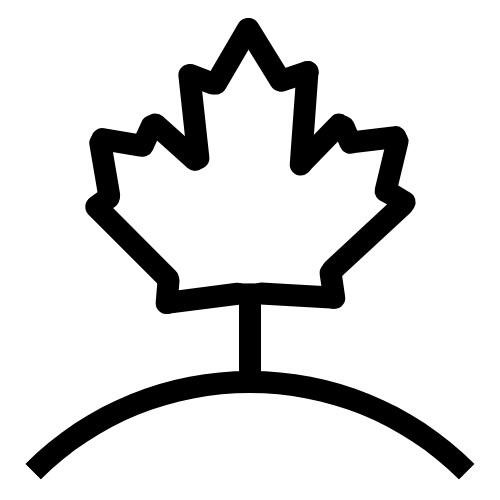The bill also has an illustration of what the brand could look like.

It’s a maple leaf with its stem connected to a semi-circle.
Branding remains an integral part of livestock identification.
About 30 per cent of Canadian cattle producers prefer branding over ear tags because the tags can be lost, says Cattle Welfare, an industry site designed to share information supporting livestock producers.
And in 2016, an Alberta RCMP officer dedicated to livestock investigations identified branding as the biggest deterrent for potential thieves because the brands can’t be altered or removed.
Livestock brands are also part of family histories.
The National Cowboy & Western Heritage Museum, for example, has a story about Richard Spencer and his family using the same brand, the “Rocking Wrench” created by his grandfather over 100 years ago.
Canada has nine official symbols.
These include the Canadian flag, the maple tree, hockey and lacrosse.
One of Canada’s official symbols is ag related.
In 2022, the federal government adopted the Canadian horse as the country’s national horse.
The origins of the horse date back to 1665 when King Louis XIV of France sent some of his best mares and stallions from the royal stables to New France (the Maritime provinces and parts of Ontario and Quebec).
“From farm work, to logging and trail riding, the dark-coated Canadian horse impacted agriculture, trade and transportation in Canada’s early modern history. It was also exported, notably serving as artillery and cavalry horses in the American Civil War,” the official symbols of Canada webpage says.